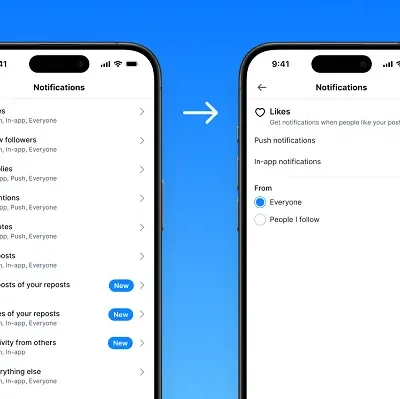Gas and dust can consume star
This observation has shed light on the dynamic nature of planetary systems at the fag end of its life cycle and the eventual fate of our own solar system. It has also explained the phenomenon and proved that the gas and dust surrounding a star after its birth can consume the star at the end.
Magnetic field plays key role
According to CNN, lead study author Dr. Stefano Bagnulo, an astronomer at Armagh Observatory and Planetarium in Northern Ireland, told about the phenomenon. He said in a statement that the magnetic field of the star plays a key role in this process.
Scientists have also said that the magnetic fields funneled these metal elements onto the cannibal star and concentrated them at its poles and thus the metallic ‘ scar’ was formed.
The space scientists have said further that the results of this observation would help scientists learn more about the composition of exoplanets.
FAQs:
What is a ‘cannibal star’?
Scientists have found that the gas and dust surrounding a newborn star can eventually devour and ingest the star itself. A dwarf star has been found doing it and scientists have called it a ‘cannibal’ star.
How does the gas and dust devour a star?
Scientists have said that the magnetic fields funneled these metal elements onto the cannibal star and concentrated them at its poles and thus the metallic ‘ scar’ was formed.
Disclaimer Statement: This content is authored by a 3rd party. The views expressed here are that of the respective authors/ entities and do not represent the views of Economic Times (ET). ET does not guarantee, vouch for or endorse any of its contents nor is responsible for them in any manner whatsoever. Please take all steps necessary to ascertain that any information and content provided is correct, updated, and verified. ET hereby disclaims any and all warranties, express or implied, relating to the report and any content therein.





